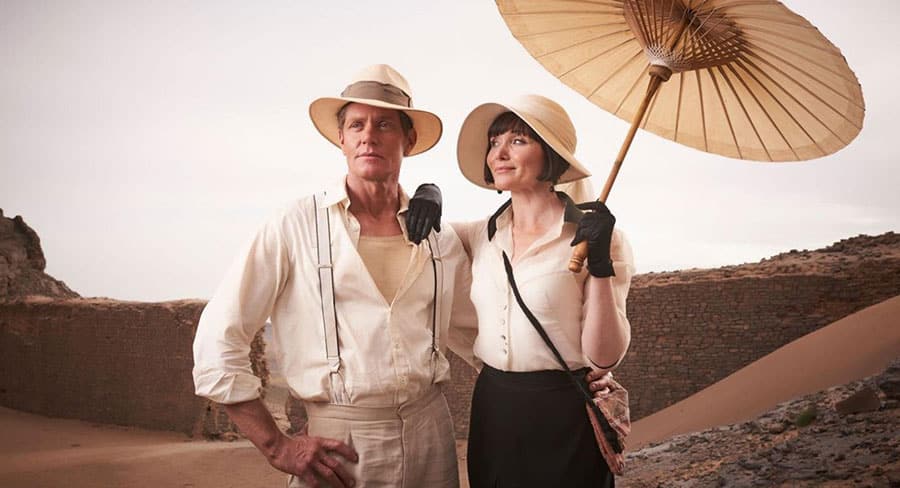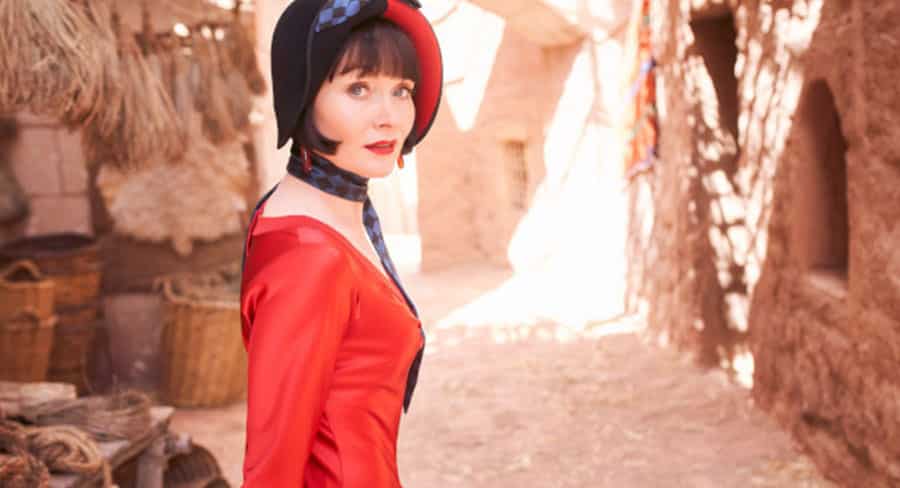Miss Fisher and The Crypt Of Tears is now in cinemas, and it becomes the 11th Australian TV series to be turned into a big screen movie (after Skippy, Bellbird, Number 96, The Box, Police Rescue, The Crocodile Hunter, The Wiggles, Pizza, Kath and Kim, and Housos).
The first one flopped big time, because Skippy and The Intruders (1969) was set in Mallacoota and was about underwater divers (Rule number one: never stray too far away from your original concept). When the ABC refused to turn Bellbird into a film, former cast members made their own called Country Town (1971) and with a budget of just $70,000, it did pretty good business in regional areas (Rule number two: know who your audience is).
Miss Fisher knows exactly who her audience is, because they helped crowd fund this movie. On its opening day, the first session I went to was packed and the crowd, all of a certain age, giggled with delight throughout. Never mind that the entire supporting cast were left behind in Melbourne, because there was still a mystery to be solved and a romance to be had.

We have come a long way since Are You Being Served (1977) was filmed entirely in a UK soundstage, despite being the movie being set in Spain’s Costa Plonka. Now we have The Inbetweeners 2 (2014) filming at the Gold Coast and Byron Bay, while Kath and Kimderella (2012) based themselves in Positano, Italy.
Miss Fisher filmed on location in Morocco and Melbourne, and the result is the Arabian Knights crossed with a downmarket Downton Abbey. It cost $8 million to make, meaning her international fanbase is key to its success (Rule number three: If you want to make a profit, give them something they can’t see on TV).
That final rule is open to interpretation. The Crocodile Hunter: Collision Course (2002) repeated the same schtick from their TV series, threw in a woeful subplot, and somehow made $33 million at the box office on a budget of $12 million. At the other end of the budget scale though, Number 96 (1974) cost only $100,000 and made over $5 million, while Fat Pizza (2003) cost $400,000 but went on to make $7 million.
Miss Fisher doesn’t offer full frontal nudity or fast cars, but it does have exotic locations and multiple costume changes. Whether that will be enough for a sequel and trilogy, is up to the audience paying hard cash for something nonsensical they can see for free at home.
